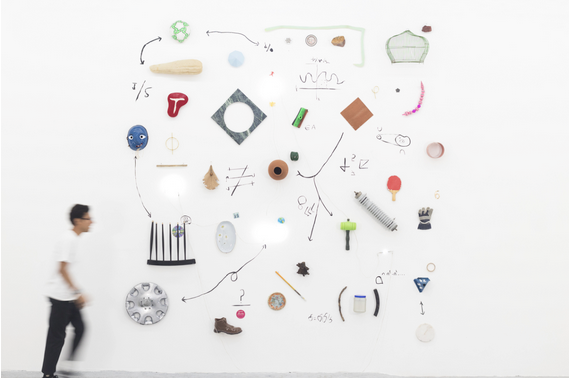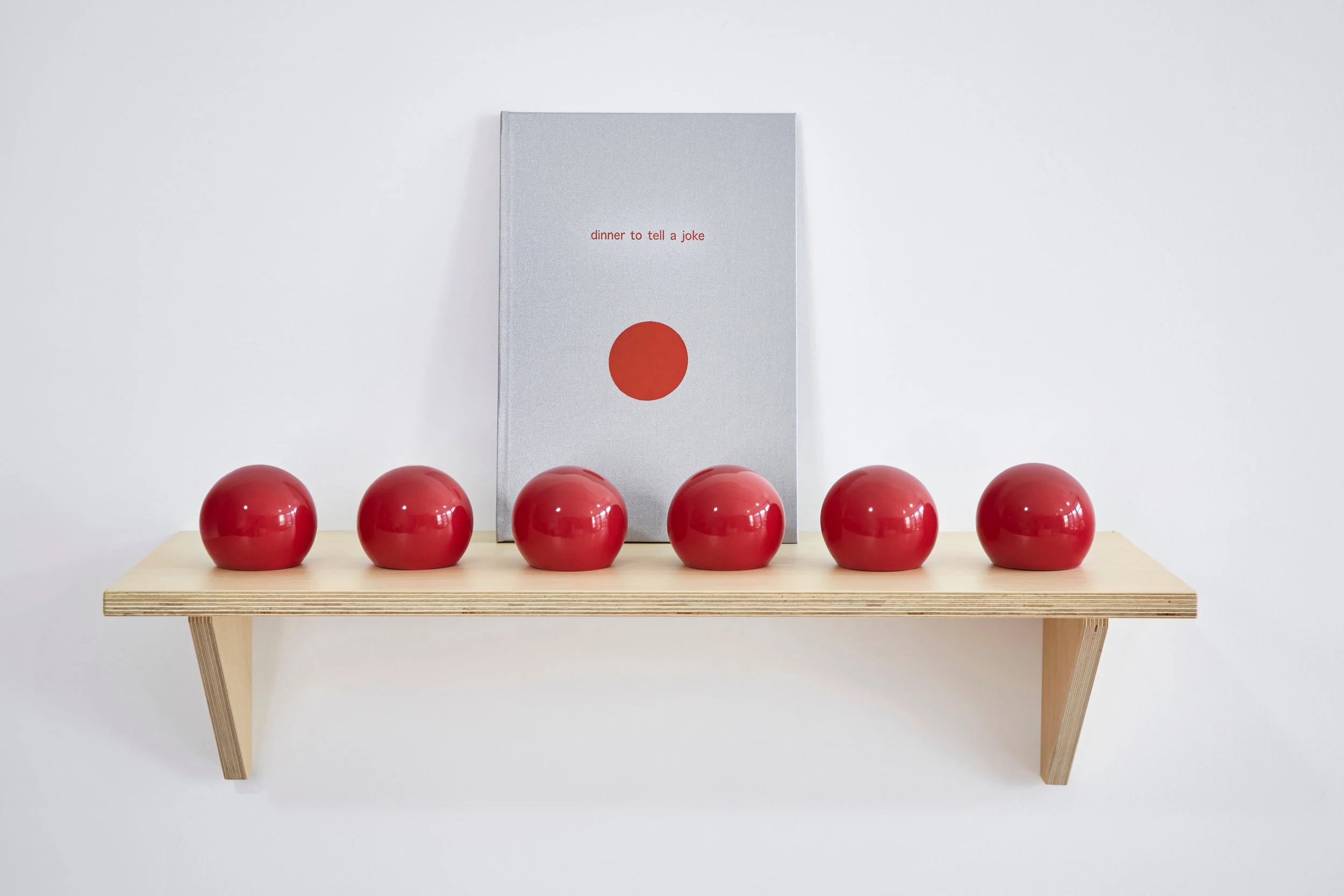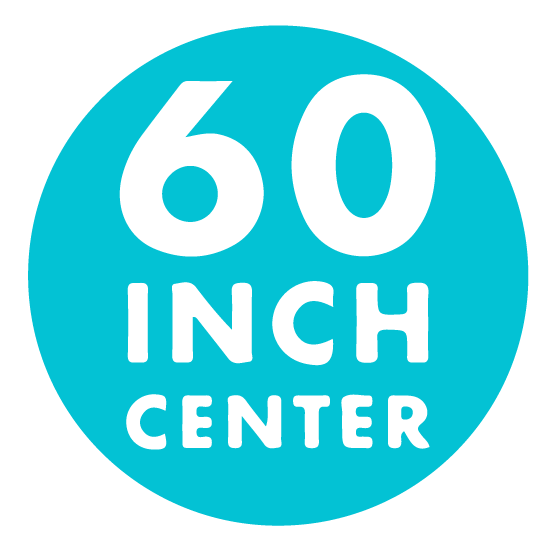Not Total: Jonathan González, manuel arturo abreu, and Rindon Johnson | PCC Cascade Paragon Arts Gallery
Not Total: “the air split the world in a richer combination than last time we spoke…” 1
Installation View, Not Total, Cascade Paragon Gallery, November 8–December 14, 2019
Centering Wilson Harris as an interlocutor among the three artistic visions via the sole explanatory exhibition text facilitated the distance and intimacy that pervaded the relationships between works. Rather than staunching the flow of asymmetries, discontinuities, or transformations, Wilson advocated for a radical release of artists, characters, and actions within the artistic imagination, thereby diluting the illusion that any one component, or even the artist herself, is “self-sufficient.” In turn, this liberatory perspective invites a spirit of “not total”—the premise of the exhibition—and consequently the “open mind.” Visitors who walked through the exhibition’s galleries—ideally with ample time—observed the seeping together of these elements within each work, and among each of them. But even so, the full impact of this “open mind” eluded me until a direct interaction with “the unfinished” occurred in abreu and González’s performances.
But first, looking at the exhibition, the venture into the unknown hinged upon interdependency, both inanimate and animate, mirroring and extending the learning process that initially inspired abreu and Reis’s curatorial venture of home school, as abreu shared in an introduction to Not Total. The call for mutuality in the exhibition context felt not only responsible, but urgent as the artists wrestled with the unfinalizability of race, climate change, death, self, and numerous other facets that permeated the works. The refractions that structured the generative exploration into the lack include site-specific collaborative curing of rawhide on the roof of the Portland-based contemporary art venue Yale Union; the dissecting the project of “Latinidad” as part and parcel of the grand colonial project; the spreading of earth on the outdoor courtyard of MoMA; and the transposing of gems, photographs, and precariously-placed mementos onto muslin, among others.
Background: Rindon Johnson, I don’t think your prayers get over your head. No I see nothing. Heal me. To set, to put. Adults always be asking for hands. What one has to do: flowers on the table or other ordinary business. Between sport and lace is a finger. You don’t usually find a soft voice on the side of the road, I’m sorry for my little out burst. I think any of these guys are interchangeable, I think you need to eat a rabbit and then you’ll understand. The shine creates a gap. He heaps me. I’m in over my head. I’m in over my head. I’m in over my head., 2019. Hide, Vaseline, dirt, gravel, dust, shellac, rope, aluminum clips, dimensions variable; Foreground: Rindon Johnson, A trouble in them, 2s019. Hide, Vaseline, dirt, gravel, dust, shellac, rope, aluminum clips, dimensions variable
manuel arturo abreu, for hierophants, 2019. Digital video, 8:16 minutes.
“the air split the world in a richer combination than last time we spoke…" 5
In Weather, the first act featured verbal fissures, blurs, glitches, and snippets of weather and news, as if embodying a TV monitor gone rogue. “Wildness” gradually became a question, alternative, and site of possibility in the three acts that followed wherein González balanced a container on their back, acting as a table support while rock music took center stage; and subsequently projected scenes of drawing blood on a screen and whipping a rope against the gallery wall.8 Eventually the hands drawing blood and undergoing the process melded into bound hands, resonating with the racial symbolism of whipping and the body as armature or support. The performance ended with act four in which González invited audience members to speak about what “not total” meant for each of us. I was selected first and found that I could barely meet the gaze of those in the room as the performances ricocheted in my mind; but I managed to say that “not total” carried a spirit of acknowledgement that was rare. Others spoke more personally and candidly about the resonances between the trios’ aims to displace conclusion and finitude and their own artistic visions. Looking back, and considering the inadequacy of my own initial answer, a more accurate (and still lacking) description would have been that the exhibition and performances were revelatory—disclosing the immanence of the unknown and unraveling the Enlightenment hubris of linearity, individuality, purity, and finalizability within knowledge production.
Not Total was on view at Cascade Paragon Arts Gallery, Portland, OR from November 8 through December 14, 2019. For more information, please visit: https://www.pcc.edu/galleries/2019/11/03/not-total-by-rindon-johnson-jonathan-gonzalez-and-manuel-arturo-abreu/.
*Images courtesy of Paragon Arts Gallery and the artists.
Laurel V. McLaughlin is a writer and curator from Philadelphia, currently based in Portland, OR. Her research interests span visual art, performance, and dance that engage the intersections of embodiment and new media, and her writing has appeared in Performa Magazine, Title Magazine, Art Papers, Art Practical, Portland Institute for Contemporary Art’s TBA:19 Blog, Monument Lab’s Bulletin, Antennae: The Journal of Nature in Visual Culture, and forthcoming in Performance Research. McLaughlin holds MAs from The Courtauld Institute of Art, and Bryn Mawr College, and she’s currently a Ph.D. Candidate at Bryn Mawr College, writing a dissertation concerning migratory aesthetics in performance art situated in the United States, 1970s–2016.
1. Quotation from manuel arturo abreu’s poetic reading, November 15, 2019.
2. “About,” home school Official Website, Accessed 18 November 2019: https://homeschoolpdx.tumblr.com/about.
3. Wilson Harris, “Transcripts of ‘Africa, West Indies and United States, Black artists and writers, 1962–1967.’” (Chicago, IL: Center for Research Libraries, 2012).
4. Dana Kopel, “First Look: Rindon Johnson,” Art in America, September 1, 2018: https://www.artnews.com/art-in-america/features/first-look-rindon-johnson-63551/.
5. Quotation from manuel arturo abreu’s poetic reading, November 15, 2019. Many thanks to the artist for their permission to include this poetic quote in this review.
6. Quotation stated by abreu in poetic reading, November 15, 2019.
7. Jonathan González, “Weather,” Not Total Exhibition Press Release, Cascade Paragon Gallery Website, Accessed December 1, 2019: https://www.pcc.edu/galleries/2019/11/03/not-total-by-rindon-johnson-jonathan-gonzalez-and-manuel-arturo-abreu/.
8. Ibid.

Frieze LA: The Exclusive Fair Is Not Just For The Pleasure of Collectors





